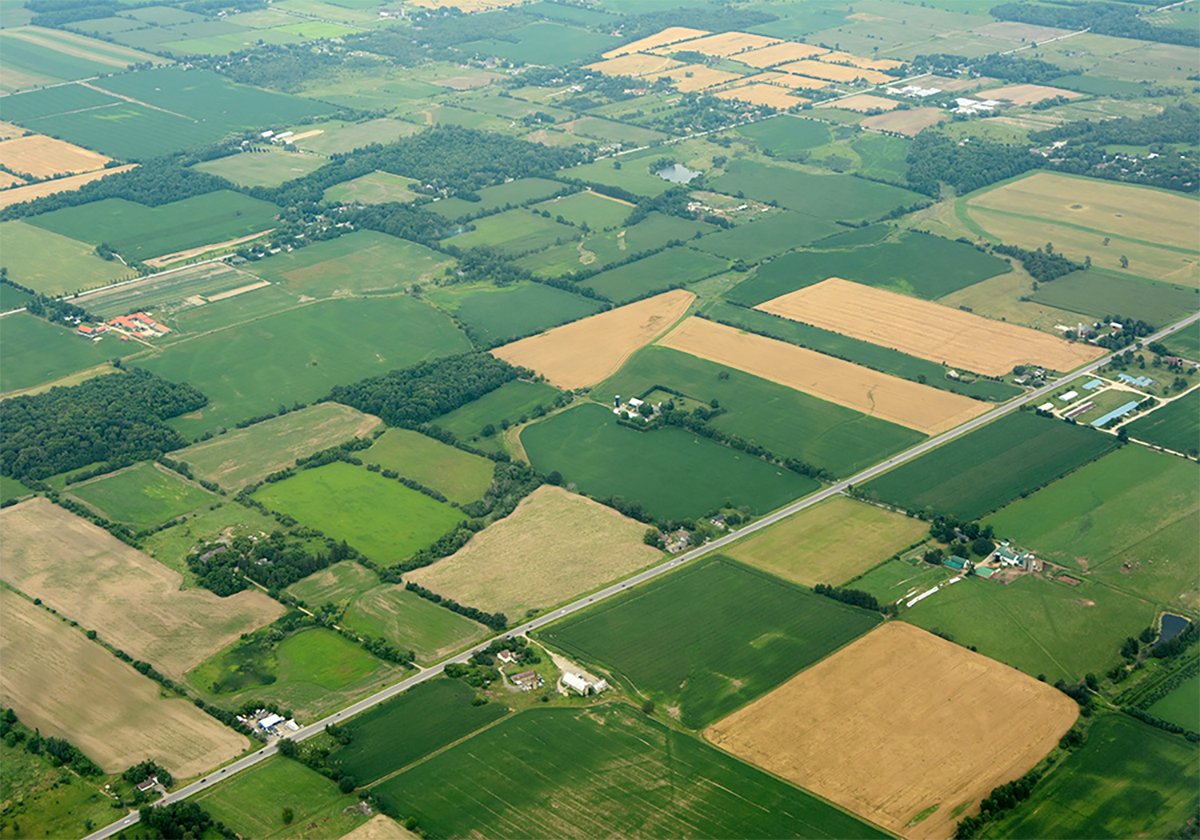Bovine spongiform encephalopathy has turned the age of cattle into a critical issue, with price and marketing strategies based almost exclusively on age.
Fortunately, we have an easy and accurate method to determine the age of cattle – examining teeth. In fact, a lot of information can be gained by examining only the front incisors.
To get a good handle on this, practise on a few young animals whose exact age is known.
Cattle lose their small baby teeth and replace them with much larger permanent incisors. Adult cattle end up with eight incisors or four pairs of front lower teeth. They don’t have upper incisors because they are herbivores and grazing is their main function.
Read Also

Higher farmland taxes for investors could solve two problems
The highest education and health care land tax would be for landlords, including investment companies, with no family ties to the land.
We start numbering from the middle, calling it incisor 1 and proceeding to the outside of the mouth to incisor 4.
The permanent teeth come in in the middle and proceed to the outside, a process that takes four years.
The first incisors will come in at one year to 18 months, which means long yearlings should have only the larger middle incisors, with the rest being the small baby teeth.
The second incisors will erupt at two to 21/2 years, which is the magical 30 months. To insure cattle are younger than 30 months, their second incisors should not have completely erupted. Otherwise, they may be right on the 30 month mark.
Unfortunately, these incisors may erupt in some cattle at two years of age, making them appear to be 30 months.
A good oral exam can make the distinction between less than two years and greater than two years.
Years ago, before the BSE crisis, age of the so-called heiferette was critical in price determination. Buyers generally judged that by looking for a youthful appearance.
Teeth more accurately determine age, but the oral exam can be tricky. A good chute is required to adequately restrain the animal. They can be mugged and the lower lip pulled down to expose the incisor teeth.
Cattle resist this, so nose tongs or a nose restrainer bar can be used to make things easier. To have some credibility, documentation signed by either a veterinarian or well-trained third party would be in order.
Once the teeth are exposed, a quick look will reveal the age to the nearest six months in cattle less than four years of age.
The third incisors are in by three years and the fourth by 31/2 to four years.
Older cows have been sold “as is” in the past. Again, with the BSE crisis and cull cows being worth so little, it may become important to know the age of older cows when buying them.
A nine or 10-year-old cow will likely not have as many productive years left as a six year old. At some auction markets in the United States, cows are pregnancy checked and mouthed for bred cow sales. Cows are then grouped according to stage of pregnancy and age.
With older cows, we look at the wear on the incisors and when the root neck of the tooth becomes exposed. Since the first incisor is the first to erupt, it is also the first to have the neck exposed at age six. The next year exposes the second incisors root. By nine years, the roots of all incisors are exposed.
Diet comes into play when determining the age of older cows’ teeth, but after 10 years some teeth may start to fall out. I’m sure we have all looked at an old cow losing weight and were aghast when we found hardly a tooth left in its head. It was losing weight because it couldn’t eat properly.
Purebred producers have been tattooing cattle for years, with the letter corresponding to the year they were born. This can be a good guide, but keep in mind it is based on the calendar year, which means calves born in January or December of the same year will have the same tattoo letter in spite of being 11 months apart in age. Conversely a calf born Dec. 31 will have a different year tattoo than a Jan. 1 calf, even though they are only one day apart. When reading the tattoos years later, they would appear a year apart in age when they are not.
Many commercial producers have incorporated the year letter on their tags so that approximate age can be determined at a glance.
Roy Lewis is a veterinarian practising in Westlock, Alta.














